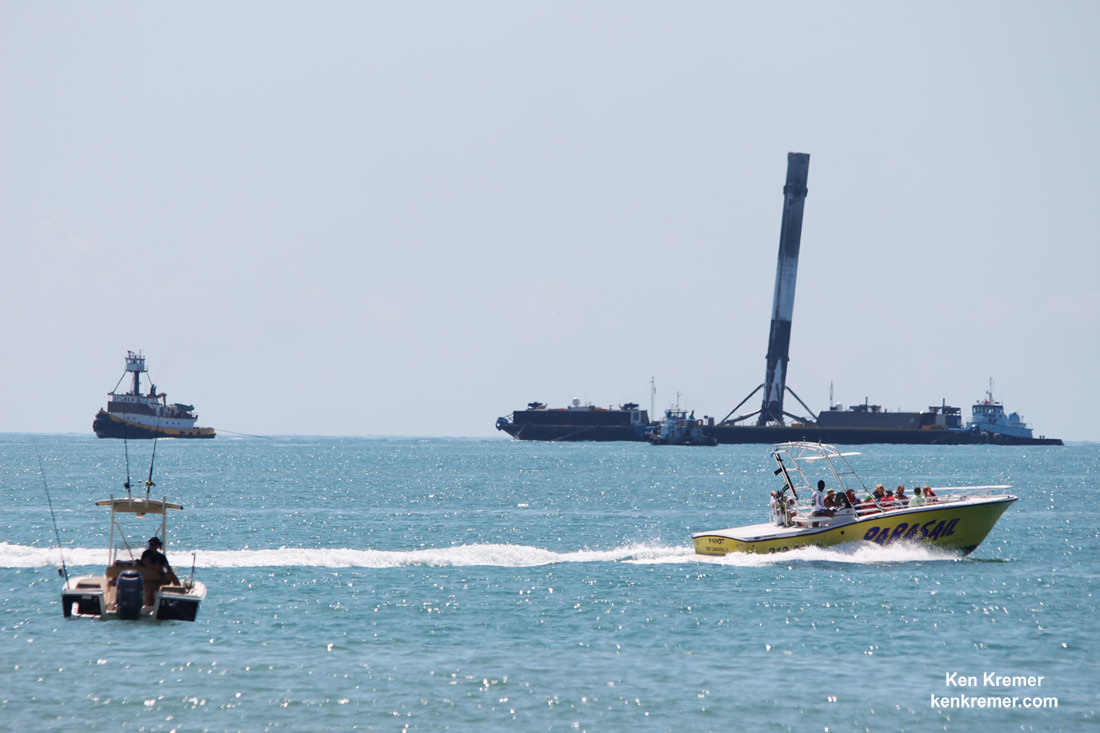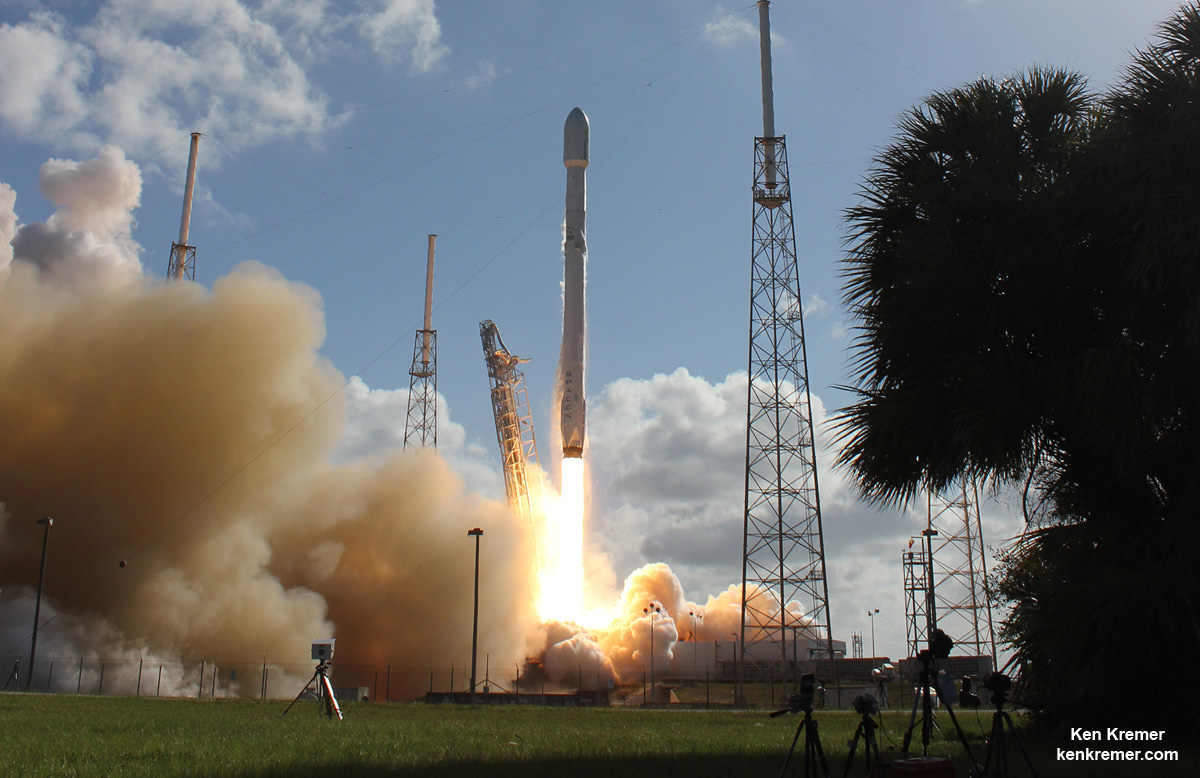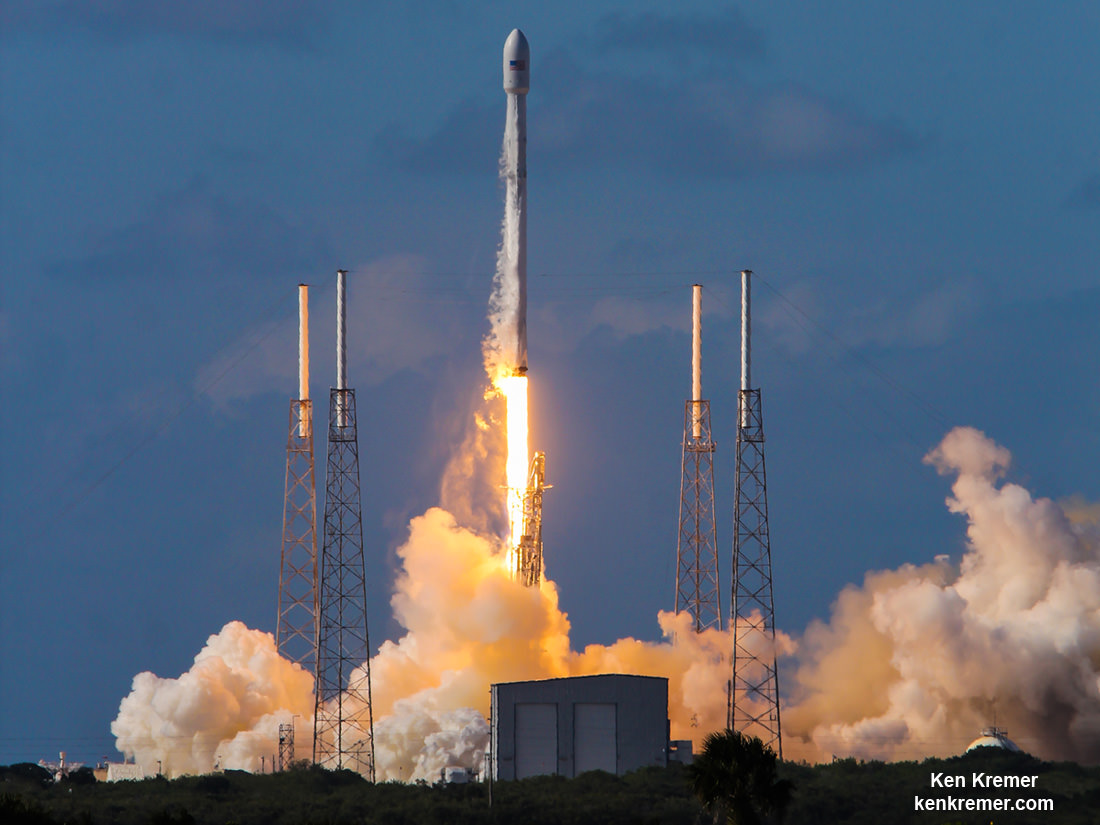
After an intensive four month investigation into why a SpaceX Falcon 9 rocket exploded without warning on the launch pad last September, the company today announced the failures likely cause as well as plans of a rapid resumption of flights as soon as next Sunday, Jan. 8, from their California launch complex – carrying a lucrative commercial payload of 10 advanced mobile relay satellites to orbit for Iridium Communications.
“Targeting return to flight from Vandenberg with the @IridiumComm NEXT launch on January 8,” SpaceX announced on their website today, Monday, Jan. 2., 2017.
“Our date is now public. Next Sunday morning, Jan 8 at 10:28:07 pst. Iridium NEXT launch #1 flies!” Iridium Communications CEO Matt Desch quickly confirmed by tweet today, Jan 2.
SpaceX has been dealing with the far reaching and world famous fallout from the catastrophic launch pad explosion that eviscerated a Falcon 9 and its expensive $200 million Israeli Amos-6 commercial payload in Florida without warning, during a routine preflight fueling test on Sept. 1, 2016, at pad 40 on Cape Canaveral Air Force Station.
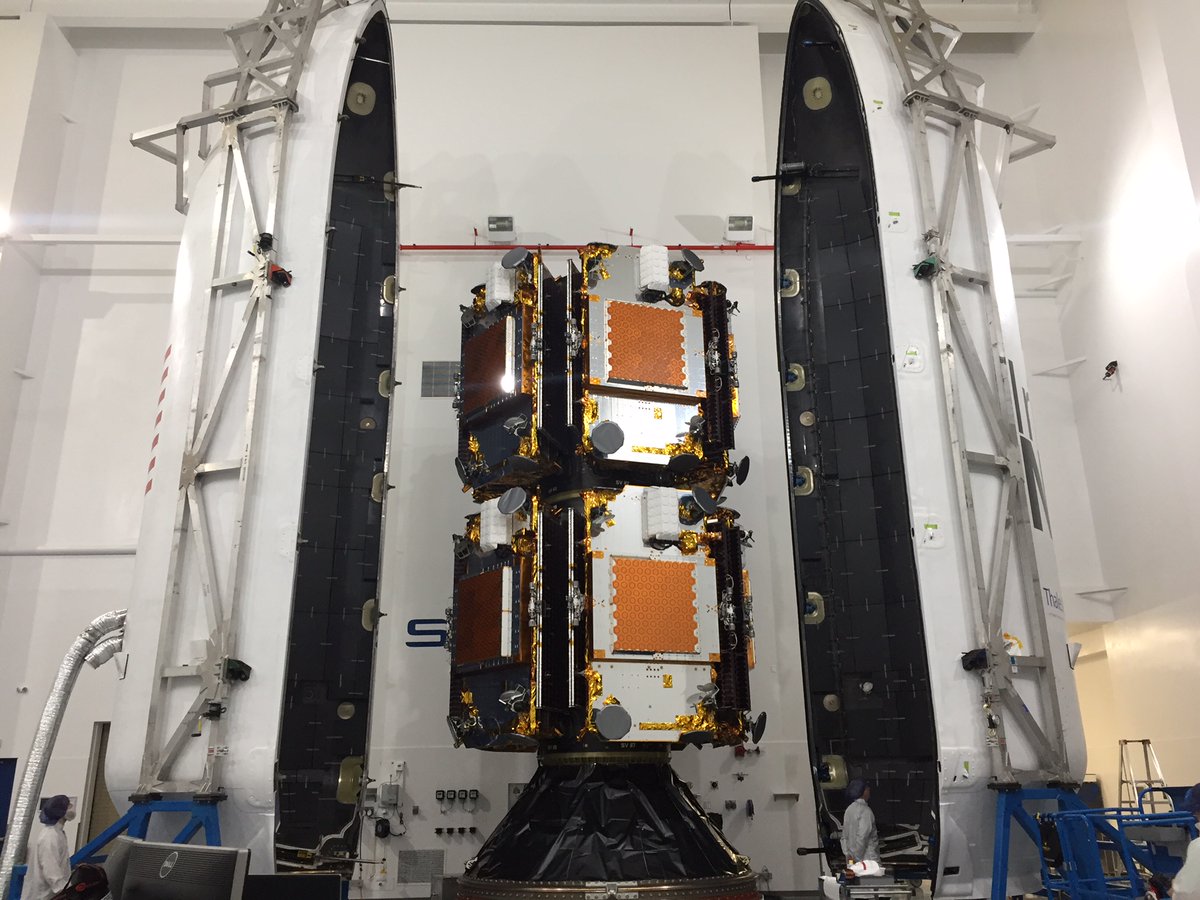
After the Sept. 1 accident at pad 40, SpaceX initiated a joint investigation to determine the root cause with the FAA, NASA, the US Air Force and industry experts who have been “working methodically through an extensive fault tree to investigate all plausible causes.”
“We have been working closely with NASA, and the FAA [Federal Aviation Administration] and our commercial customers to understand it,” said SpaceX CEO Elon Musk.
Via the “fault tree analysis” the Sept. 1 anomaly has been traced to a failure in one of three gaseous helium storage tanks located inside the second stage liquid oxygen (LOX) tank of the Falcon 9 rocket, according to a statement released by SpaceX today which provided some but not many technical details.
The failure apparently originated at a point where the helium tank “buckles” and accumulates oxygen – “leading to ignition” of the highly flammable liquid oxygen propellant in the second stage.

The helium tanks – also known as composite overwrapped pressure vessels (COPVs) – are used in both stages of the Falcon 9 to store cold helium which is used to maintain tank pressure.
“The accident investigation team worked systematically through an extensive fault tree analysis and concluded that one of the three composite overwrapped pressure vessels (COPVs) inside the second stage liquid oxygen (LOX) tank failed.”
“Each COPV consists of an aluminum inner liner with a carbon overwrap.”
“Specifically, the investigation team concluded the failure was likely due to the accumulation of oxygen between the COPV liner and overwrap in a void or a buckle in the liner, leading to ignition and the subsequent failure of the COPV.”
SpaceX says investigators identified “an accumulation of super chilled LOX or SOX in buckles under the overwrap” as “credible causes for the COPV failure.”
Apparently the super chilled LOX or SOX can pool in the buckles and react with carbon fibers in the overwrap – which act as an ignition source.
As part of the most recent upgrade to the Falcon 9, SpaceX changed their fueling procedure to include the use of densified oxygen – or super chilled oxygen – in order to load more propellant into the same volume, at a lower temperature of about minus 340 degrees Fahrenheit for SOX vs. about minus 298 degrees Fahrenheit for LOX.
In essence SpaceX gets more gallons of super chilled oxygen into the same tank volume because of the higher density – and they don’t have to change the rocket’s dimensions.
This temperature change enables the Falcon 9 to launch heavier payloads.
However the side effect of the superchilling process is that the oxygen is now very close to its freezing point – with the potential to partially solidify , rather than being a completely free flowing liquid. Then the resulting friction with carbon fibers can ignite the pooled oxygen resulting in an instantaneous fireball and destruction of the rocket – as happened to Falcon 9 and Amos-6 at pad 40 on Sept. 1, 2016.
“Investigators concluded that super chilled LOX can pool in these buckles under the overwrap. When pressurized, oxygen pooled in this buckle can become trapped; in turn, breaking fibers or friction can ignite the oxygen in the overwrap, causing the COPV to fail.”
Very concerning to this author is the fact that the helium loading conditions are confirmed to be so low that they can actually freeze the liquid oxygen into solid form. Thus it cannot flow freely and significantly increases the chances of a “friction ignition.”
This same Falcon 9 rocket will be used to launch our astronauts to the ISS in 2018 – seated inside a Crew Dragon atop the helium tank bathed in super chilled LOX.
“Investigators determined that the loading temperature of the helium was cold enough to create solid oxygen (SOX), which exacerbates the possibility of oxygen becoming trapped as well as the likelihood of friction ignition.”
SpaceX says they will address the causes of the mishap through a mix of both short term and long term “corrective actions.”
“The corrective actions address all credible causes and focus on changes which avoid the conditions that led to these credible causes.”
The short term fixes involve simpler changes to the COPV configuration and modifying the helium loading conditions.
“In the short term, this entails changing the COPV configuration to allow warmer temperature helium to be loaded, as well as returning helium loading operations to a prior flight proven configuration based on operations used in over 700 successful COPV loads.”
So it remains to be seen if SpaceX continues the use of densified oxygen or not in the near term.
The long term fixes involve changing the COPV hardware itself and will take longer to implement. They are also likely to be more effective – but only time will tell.
“In the long term, SpaceX will implement design changes to the COPVs to prevent buckles altogether, which will allow for faster loading operations.”
Liftoff of the SpaceX Falcon 9 with the payload of 10 identical next generation IridiumNEXT communications satellites will take place from Space Launch Complex 4E on Vandenberg Air Force Base in California – assuming the required approval is first granted by the Federal Aviation Administration (FAA).
No Falcon 9 launch will occur until the FAA gives the ‘GO.’
Furthermore, in anticipation of announcing the targeted ‘Return to Flight’ launch date, technicians have already processed the Falcon 9 rocket for the ‘Return to Flight’ blastoff with the vanguard of a fleet of IridiumNEXT mobile voice and data relay satellites for Iridium Communications – as I reported last week in my story here – and subsequently tweeted by Iridium CEO Matt Desch saying “Nice recap.”
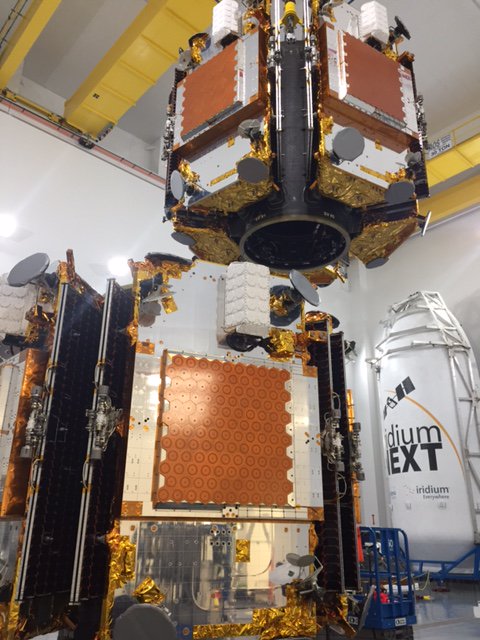
Last week, the first ten IridiumNEXT mobile voice and data relay satellites were fueled, stacked and tucked inside the nose cone of the Falcon 9 rocket designated as SpaceX’s ‘Return to Flight’ launcher in order to enable a blastoff as soon as possible after an approval is received from the FAA.
“Iridium is pleased with SpaceX’s announcement on the results of the September 1 anomaly as identified by their accident investigation team, and their plans to target a return to flight on January 8 with the first Iridium NEXT launch” Iridium Communications said on their website today, Jan. 2.
Another milestone to watch for is the first stage engine static fire test that SpaceX routinely conducts several days prior to the launch. Thats exactly the same type test where the Falcon 9 blew up in Florida some five minutes before the short Merlin 1D engine ignition to confirm readiness for the real launch that had been planned for 2 days later.
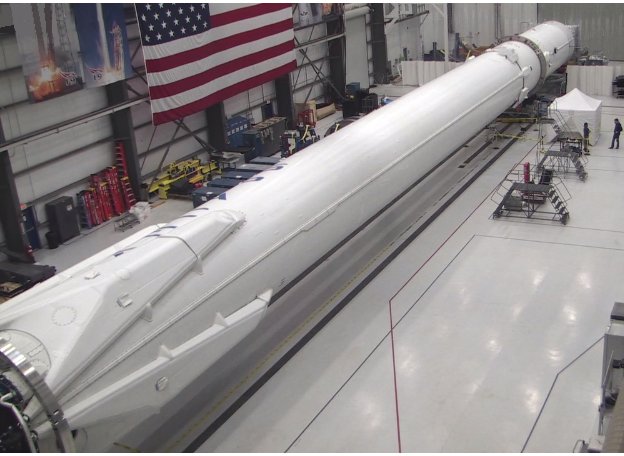
The Iridium 1 mission is the first of seven planned Falcon 9 launches – totaling 70 satellites.
“Iridium is replacing its existing constellation by sending 70 Iridium NEXT satellites into space on a SpaceX Falcon 9 rocket over 7 different launches,” says Iridium.
The goal of this privately contracted mission is to deliver the first 10 Iridium NEXT satellites into low-earth orbit to inaugurate what will be a new constellation of satellites dedicated to mobile voice and data communications.
Iridium eventually plans to launch a constellation of 81 Iridium NEXT satellites into low-earth orbit.
“At least 70 of which will be launched by SpaceX,” per Iridium’s contract with SpaceX.
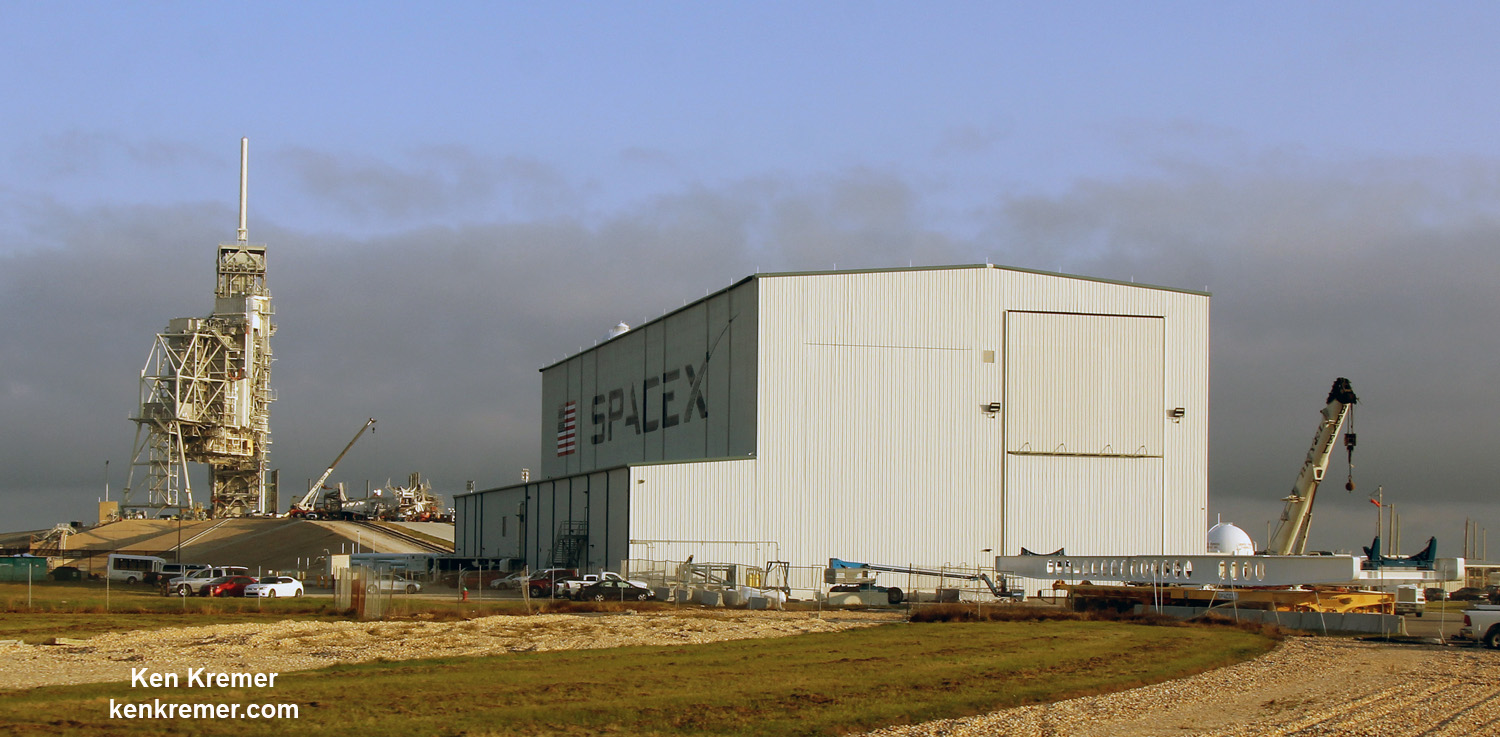
Meanwhile pad 40, which was heavily damaged during the Sept. 1 explosion, is undergoing extensive repairs and refurbishments to bring it back online.
It is not known when pad 40 will be fit to resume Falcon 9 launches.
In the interim, SpaceX plans to initially resume launches from the Florida Space Coast at the Kennedy Space Center (KSC) from pad 39A, the former shuttle pad that SpaceX has leased from NASA.
Commercial SpaceX launches at KSC could start from pad 39A sometime in early 2017 – after modifications for the Falcon 9 are completed.
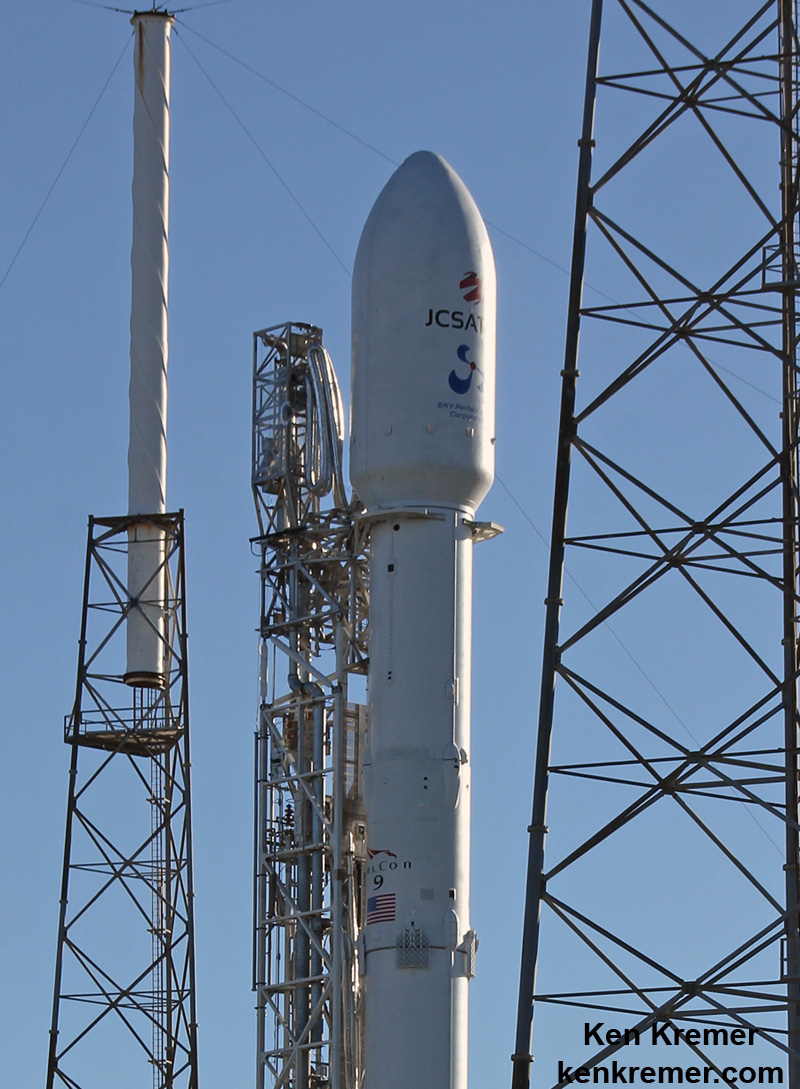
The Sept. 1 calamity was the second Falcon 9 failure within 15 months time and called into question the rockets overall reliability. Both incidents involved the second stage helium system, but SpaceX maintains that they are unrelated.
The first Falcon 9 failure involved a catastrophic mid air explosion in the second stage about two and a half minutes after liftoff, during the Dragon CRS-7 cargo resupply launch for NASA to the International Space Station on June 28, 2015 – and witnessed by this author. The accident was traced to a failed strut holding the helium tank inside the liquid oxygen tank. The helium tank dislodged and ultimately ruptured the second stage as the first stage was still firing resulting in a total loss of the rocket and payload.
Stay tuned here for Ken’s continuing Earth and Planetary science and human spaceflight news.


